Published in the Sunday Gujarat Samachar on 03 August 2025
I lived in Australia for four years between 2009 and 2013. And in those four years, I came to realise something: Australia isn’t just a country—it’s a place where the stories stayed with me. Unexpected, curious, sometimes unbelievable—Australia is full of them. So today, I want to take you through five such stories. Let’s get started.
Why do Koalas sleep so much?
If you’ve ever seen a koala in a wildlife sanctuary or a photo of one, you probably saw it curled up in a tree, eyes closed, doing what it does best: sleeping. And not just a quick nap either. Koalas are champions of sleeping, clocking anywhere between 18 to 22 hours of sleep a day. That’s almost the entire day gone in dozing.
But why? The answer lies in their diet.
Koalas eat almost nothing but eucalyptus leaves. These leaves might smell fresh and look pretty, but they’re low in nutrition, hard to digest, and even toxic to most animals. Koalas have evolved to tolerate them, but that doesn’t mean they get a burst of energy from their meals. In fact, digesting eucalyptus is such slow, energy-intensive work that koalas need to conserve all the energy they can—by doing as little as possible.
That’s why they nap through most of the day. Every ounce of movement is calculated: they climb slowly, shift rarely, and spend their waking hours chewing methodically. It’s not laziness, it’s survival. And once you know this, seeing a koala curled up in the crook of a tree feels less like a photo op and more like watching an ancient rhythm of nature at work.
The Sacred Story of Ayers Rock
Imagine standing in the middle of Australia’s vast Red Centre. All around you, flat desert stretches to the horizon—until suddenly, rising out of the earth like a sleeping giant, is a massive, rust-red rock. That’s Uluru. And once you see it, you never forget it.
Uluru, also known as Ayers Rock, is one of the world’s most iconic monoliths. It rises 348 meters above the desert floor and spans over 9 kilometers in circumference. For the local Anangu people, the traditional custodians of the land, Uluru is a sacred site. Every ridge, cave, and crack has meaning. It tells the story of the Dreamtime—an ancient spiritual belief system that speaks of how the world was created.
Geologists will tell you that Uluru was formed over 500 million years ago, once part of the seabed. Over time, tectonic forces pushed it upward, and wind and water sculpted its surface. Its vivid red hue comes from iron oxidation—essentially, it’s rusting in slow motion. But when you watch Uluru glow like fire at sunrise or shimmer gold at sunset, science takes a backseat. In that moment, you feel the magic.
The Reef that doesn’t look the same twice
Stretching over 2,300 kilometres along Australia’s northeastern coast, the Great Barrier Reef is the largest coral reef system on Earth—and it’s one of the few living structures visible from space. But what’s truly mesmerising isn’t just its size, it’s its colour. Because the reef doesn’t look the same twice.
Depending on the time of day, season, weather, and even your viewing angle, the Great Barrier Reef shifts in appearance. Fly over it on a sunny day and you’ll see streaks of turquoise, jade, and cobalt woven together like an underwater painting. Snorkel or dive into it, and suddenly the details burst to life—neon corals, darting parrotfish, slow-gliding turtles, and flashes of silver as schools of fish move in synchrony.
This ever-changing colour palette is more than just beauty—it’s a sign of life. Coral polyps, tiny creatures that build the reef, coexist with microscopic algae that give them both their colour and energy. And in certain seasons, travellers might witness the annual coral spawning—a phenomenon where the reef releases billions of eggs and sperm into the sea, all at once, like a marine snowfall.
The Epic Train Ride Across a Continent
If you ever want to feel the vastness of Australia—not just see it, but really feel it—step aboard the Indian Pacific. This legendary train journey stretches from Sydney on the east coast to Perth on the west, covering a staggering 4,352 kilometres across mountains, deserts, goldfields, and plains. It’s one of the longest and most iconic rail journeys in the world.
Named after the two oceans it connects—the Indian and the Pacific—the journey takes four days and three nights. But what makes it unforgettable is not just the length, it’s the landscapes that roll past your window. You’ll cross the Blue Mountains just hours after leaving Sydney. Then, gradually, eucalyptus forests give way to the ochre tones of the outback. And eventually, you hit one of the most surreal sections: the Nullarbor Plain.
The Nullarbor is Latin for “no trees,” and for nearly 500 kilometres, you’ll travel in a straight line across the longest stretch of dead-straight railway track in the world. It’s so flat, so wide, that the sky feels impossibly large. In fact, this stretch is so remote that the train stops at tiny outposts like Cook—population: four—just to refuel and give passengers a glimpse into life off the grid.
The Longest Fence in the World
Stretching farther than the Great Wall of China and longer than the distance from Mumbai to Moscow, Australia’s Dingo Fence is one of the longest man-made structures in the world. Built in the 1880s, this 5,600-kilometre barrier was originally designed to keep dingoes—Australia’s native wild dogs—away from fertile farmland in the southeast.
The fence begins in the state of Queensland, runs through New South Wales, and ends in South Australia near the cliffs of the Nullarbor Plain. It slices across deserts, saltbush plains, and remote scrubland—maintained even today by teams who drive along its length for days at a time just to check for breaches. It’s a job so remote that some fence workers live in houses hundreds of kilometres from the nearest neighbour.
Today, the Dingo Fence is both a feat of agricultural engineering and a subject of scientific study. Some argue it protects livestock, others say it disrupts natural ecosystems. But no matter where you stand, it’s hard not to be awed by the sheer ambition and scale of this invisible, often-forgotten line across Australia’s vast interior.
So yup, those were by 5 stories about Australia for you today! Maybe it’s time to go back. Or go for the first time. Because this island-continent isn’t just a destination—it’s a storyteller, waiting to share its secrets with you. See you!










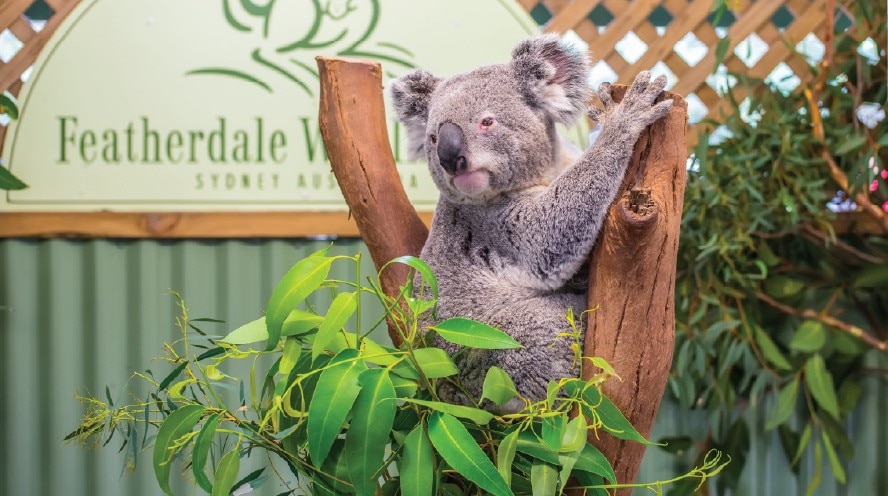
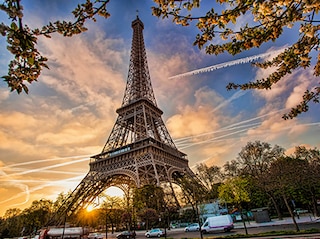
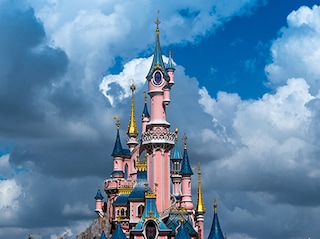
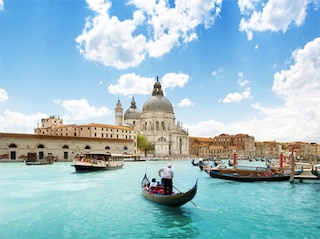
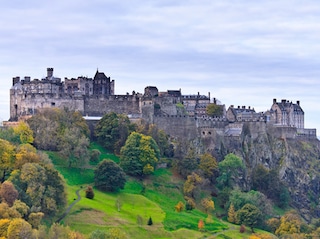
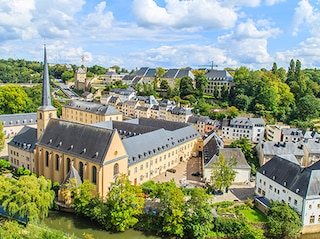



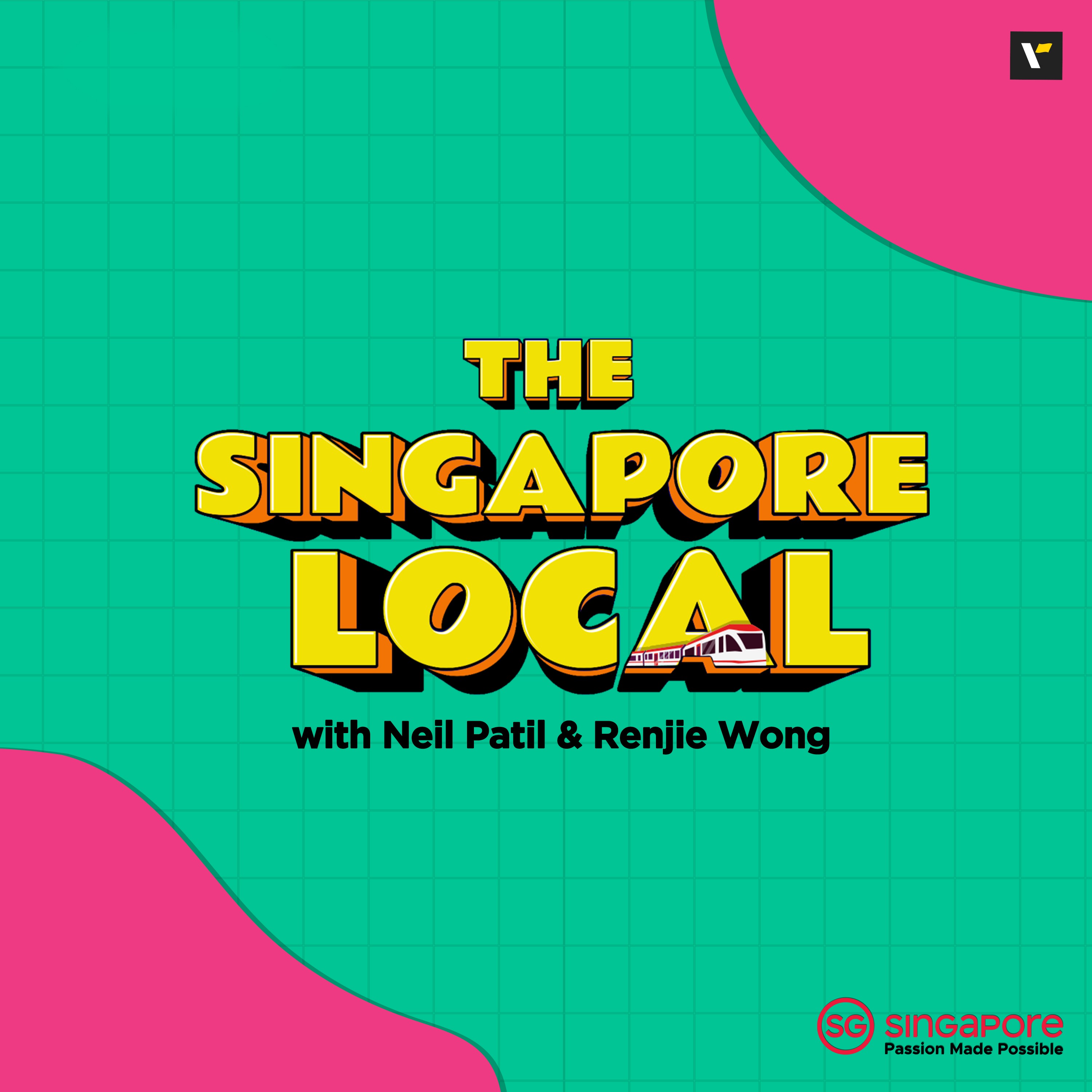

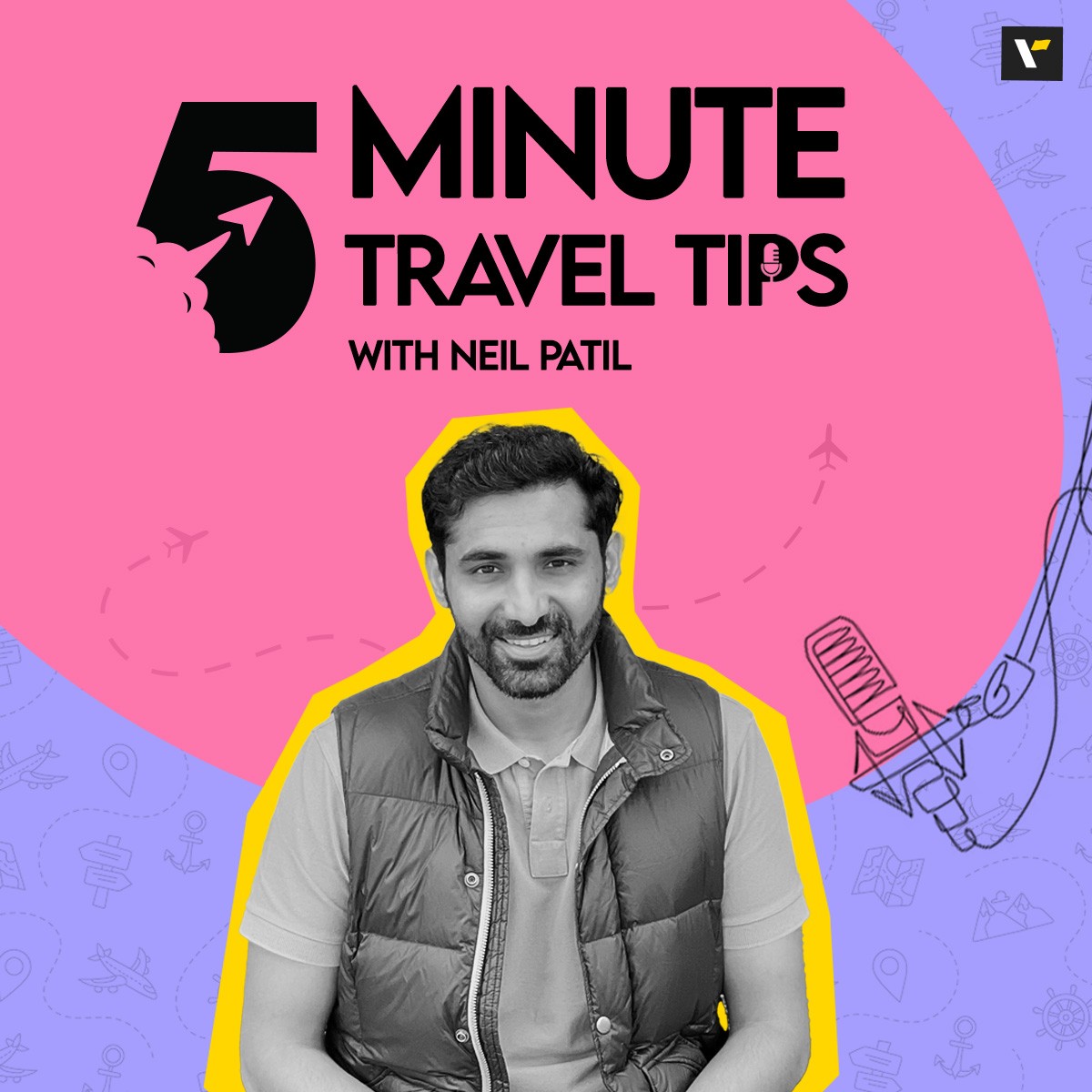





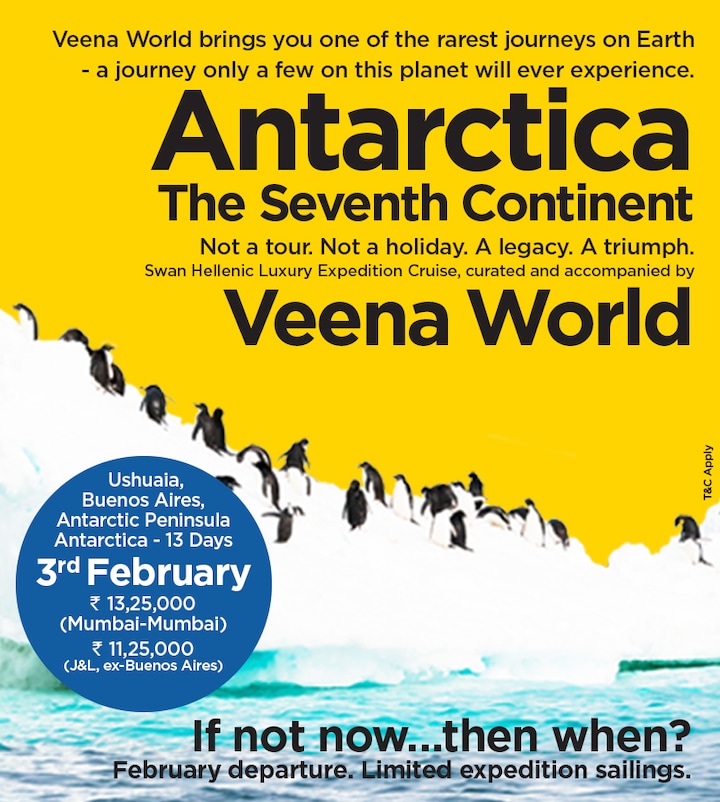



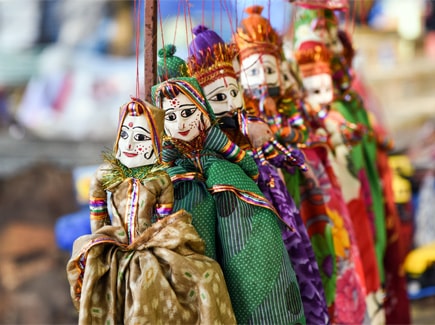
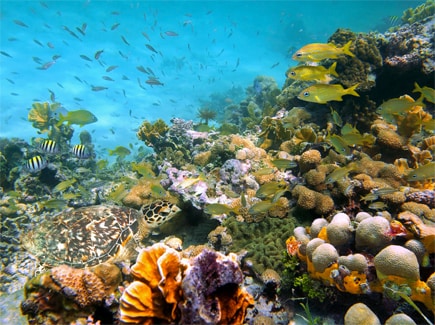
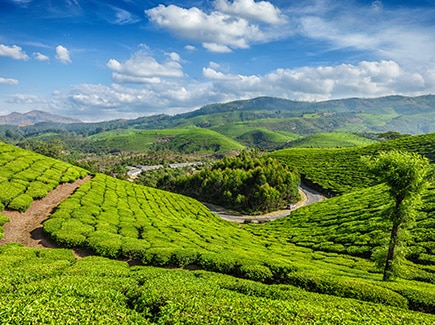
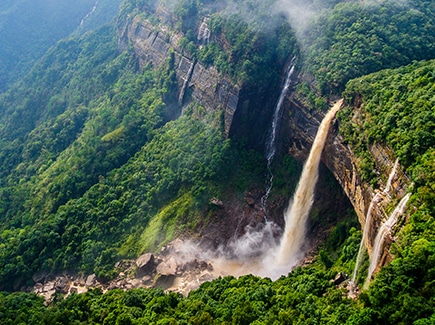
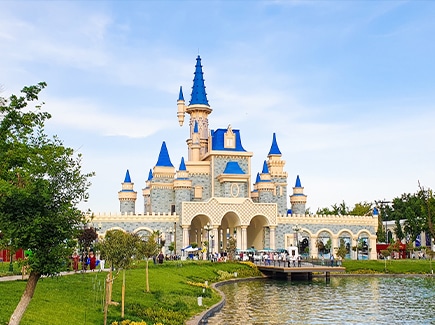

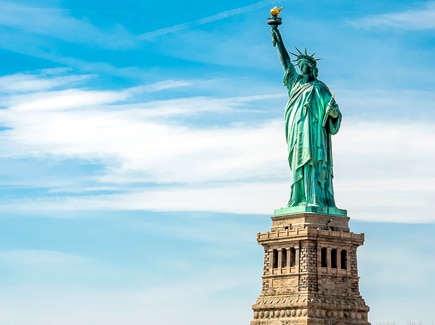
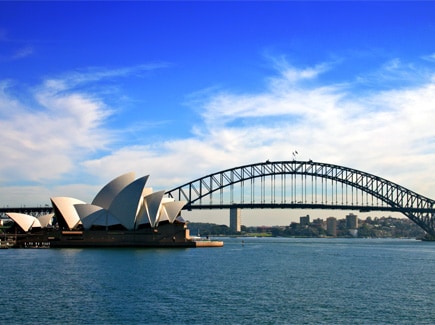


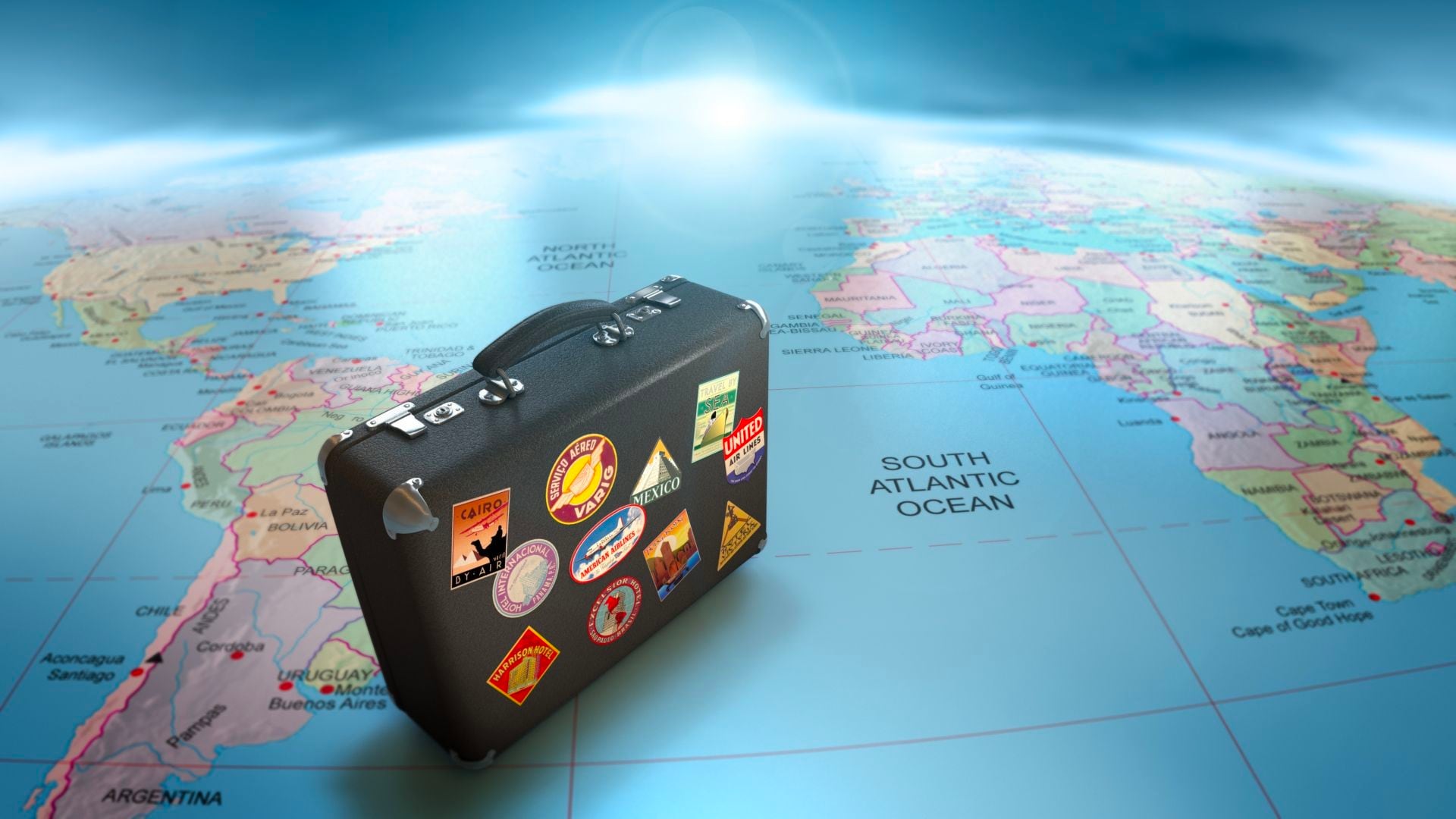

Post your Comment
Please let us know your thoughts on this story by leaving a comment.